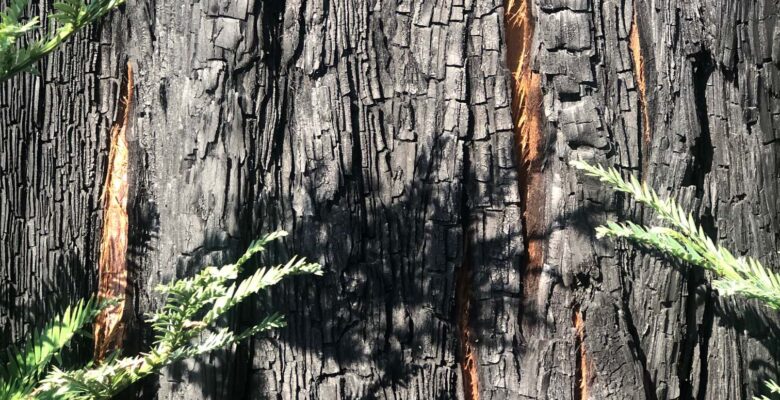The threat of wildfires in California has significantly altered quality of life in the region. Adaptation will require fundamental corrections in land stewardship, development patterns, and building practices. Design professionals must make sense of an overwhelming array of information. In this article a literature review summarizes design relevant information including the role of wildfire in California’s ecosystem and the variables that affect its behavior. By developing an understanding of the recommendations of experts, architects and designers can aid in delivering effective solutions that better serve to protect life, property, and the environment within fire prone areas. Wildfires play a vital role in the natural environment and their increased activity over the past sixty years is in part due to historic fire suppression policies and sprawling development patterns in the region. Structures within and adjacent to the Wildland Urban Interface (WUI) can reduce the risk of structure ignition by implementing home hardening measures, defensible space, and sitewide fuels reduction measures. The scale of megafires cannot be designed against, and some fire prone areas may consider varying scales of managed retreat where fuels reduction proves either cost prohibitive or impractical. The impacts of wildfire are felt globally and the conditions in California are not singular.
This article originally appeared in Vol 14.01 of the Perkins&Will Research Journal. CLICK HERE to see the whole article.

